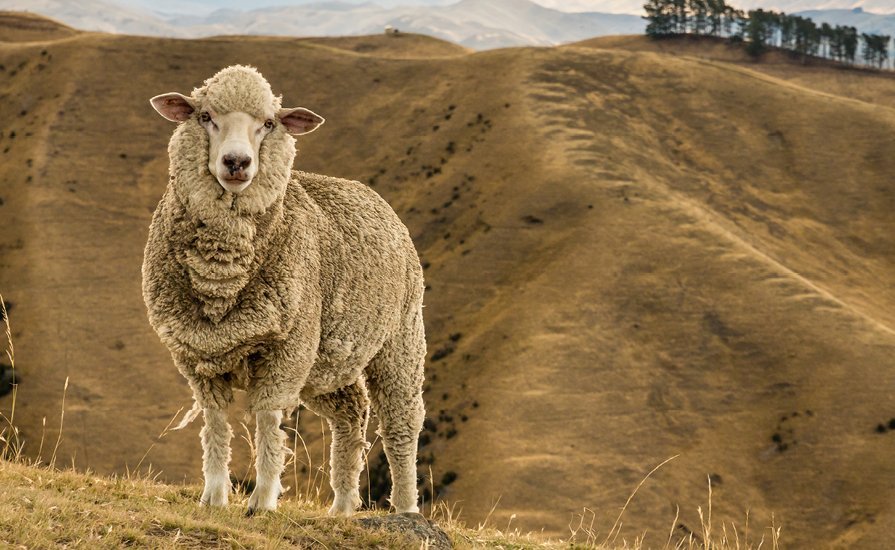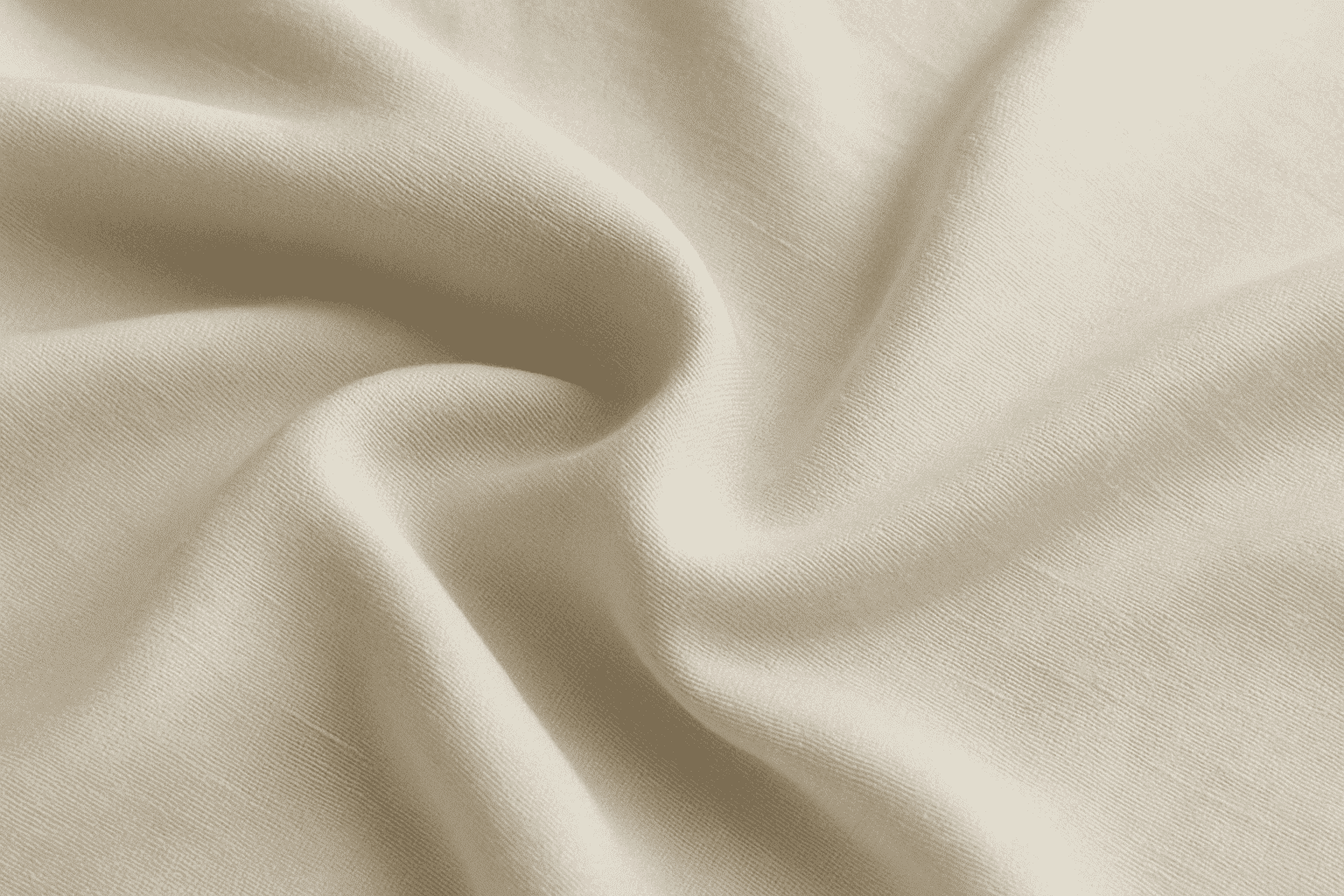FABRIC & CARE
You will enjoy the quality of our clothes for a long time: our items are made with craftsmanship and carefully finished. However, you can also contribute to the longevity of your favourite items yourself. Fabrics, colours and tailoring will last longer if you take good care of your clothes.
Ask yourself, for example, whether your clothes need to be washed after just one wear. After all, you can also air your clothes on the washing line. The sun and wind are natural fresheners. And besides, the outside air doesn't damage the fibre, and you save yourself a lot of water and electricity.
Following these washing instructions will mean that you always wash your Cavallaro Napoli clothes the right way:


Cotton (CO)
Cotton is a natural fibre that grows from the seeds of a cotton plant. Cotton has strong abrasion resistance and is therefore a durable fabric. Its relatively low elasticity causes cotton to wrinkle quickly. Cotton is the most commonly used plant fibre in our collection.
Cotton clothes are easy to wash. It is best to wash cotton clothes at 40 degrees. If you have fine cotton clothes or clothes with prints, it is better to wash them at 30 degrees and with a mild detergent. Make sure you wash new coloured cotton clothes separately, as the colour may run off during the first few washes.
Denim
Wash your denim clothes at up to 30 degrees. Wash jeans separately and inside out. Although you can use a normal or mild detergent for denim, there are also special detergents for it. Close all zips, as these may cause holes in your other clothes.
You can also put your denim in the freezer! This will kill bacteria and eliminate unpleasant odours. The less you wash denim, the better/more beautiful the jeans will stay.


Wool (WO)
(Merino) wool is an animal fibre consisting of soft hairs from different types of sheep. Clothing made from wool is soft, comfortable and wrinkle-free. Wool is also a fragile product and should be washed with care to get the longest enjoyment out of it. Woollen clothes aren't always easy to wash. Although some woollens can be machine washed at a maximum of 30 degrees, most are better washed by hand. Look carefully at the washing instructions. Preferably use a liquid wool detergent. You can also hang up a woollen suit in your bathroom when you shower. The steam that is released makes it fresh again and reduces the need for dry cleaning. You can also hang the suit out in the fresh air. Do not, however, use fabric fresheners, as these leave unsightly stains. Dried-in stains can be carefully brushed out with a soft clothes brush. Larger stains should be removed with a damp cotton cloth. If none of this helps anymore, it's time for dry cleaning.


Cashmere (WS)
Cashmere is a luxurious and rare fabric derived from the undercoat of the cashmere goat, which lives in cold regions such as the Kashmir area. The fibers are collected only once a year, contributing to the exclusivity of the material. Cashmere is known for its unparalleled softness, excellent insulation, and breathability, making it comfortable in various temperatures. To maintain quality, it is recommended to hand wash cashmere in cold water and lay it flat to dry. Cavallaro Napoli offers both 100% cashmere garments and cashmere blends, both providing a combination of luxury and comfort.


Linen (LI)
Linen is a natural material derived from the flax plant and is known for its strength, airiness, and slight sheen. It is ideal for summer clothing, such as trousers, blouses, and dresses, thanks to its breathable and moisture-absorbing properties. Linen has a coarser texture than cotton and naturally wrinkles, which creates a casual, stylish appearance. Moreover, it is durable and environmentally friendly, perfect for conscious clothing choices.


Silk (SE)
Silk is a luxury, natural fiber derived from the cocoon of the silkworm. The fabric is known for its soft sheen, smooth texture and breathable quality. Silk feels cool in summer and warm in winter, making it suitable for all seasons. It is often used in clothing, accessories and interior design. Due to its delicate nature, silk requires careful maintenance, such as hand washing or a special washing program.


Lyocell/Tencel (LCY)
Lyocell, also known as TENCEL™, is a sustainable and high-quality fiber made from wood pulp. The material is silky soft, breathable and moisture-regulating, making it wonderfully comfortable to wear - even on warm days. Lyocell wrinkles less, stays beautiful for a long time and feels luxurious. Moreover, it is environmentally friendly produced through a closed process where water and solvents are reused. Ideal for those who choose both style and sustainability.


Viscose (VI)
Viscose is a supple, soft fabric that resembles silk in look and feel. It is made from natural cellulose and is popular in fashion due to its breathable structure and vibrant colors. Viscose is often used for dresses, blouses, and summer trousers. The fabric is colorfast and comfortable, but also prone to wrinkling and shrinkage (4-8%). Fortunately, shrunken viscose can be easily ironed back into shape.


Polyester (PL)
Polyester is highly suitable in combination with fabrics that should not crease, and should retain their form. Polyester is a light and smooth fabric that is soft to the touch. The fabric doesn't shrink or stretch out very easily. With intensive use, polyester maintains its colour. Polyester clothing can be washed at 40 degrees. To avoid creasing it is wise to remove the clothes from the machine and hang them out directly after washing. It is recommended to wash polyester clothes inside out. This prevents your clothes from pilling (dust balls).
Polyacryl (PC)
Acrylic fibre is often used in sweaters and has the same appearance as wool.
Acrylic fibre has a high heat insulating capacity, is colourfast and very soft. Clothes made of acrylic fibre looks like woollen clothes, but is synthetic. The best way to wash acrylic fibre clothing is using a washing program for wool at a maximum of 30 degrees. Always turn your clothes inside out. You can wash acrylic fibre clothes with fabric softener. This prevents the clothes from becoming static.
Polyamide/Nylon (PL)
Polyamide/nylon is a strong material that barely creases, reacts poorly to heat and can turn yellow when exposed to the sun. Polyamide/nylon retains its form best out of all textile fibres (even when its wet) and is extremely elastic. The addition of polyamide/nylon makes the material light and gives the product form-retaining properties.
Lycra
For good results its best to wash clothes made of Lycra by hand. Add a small amount of mild detergent to the laundry. Do not use fabric softener! You can also use the hand washing program of your washing machine. Wash Lycra inside out at 30 degrees for the best results.


Stains in general
When your clothes have stains it is initially recommended to carefully dab them with warm water. If necessary, use a special stain remover. To remove stains out of clothes, you can use a pre-washing program. By doing this, stubborn stains will dissolve better.
Duration of the washing program
An average washing program takes about 1.5 to 2 hours. Clothes that need to be washed at lower temperatures, such as wool, acrylic fibre and denim, can be washed using the eco-programme of the most modern washing machines. The machine might take longer, but it will help you to remove the stubborn stains.
Lavender
Put a bouquet of lavender in your wardrobe. Not only will it smell great, but it also protects your clothes against moths.



